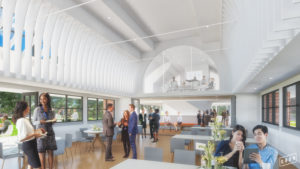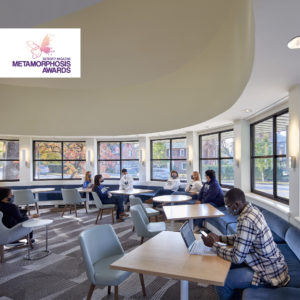A Home for Hospitality
Penn State University, Marriott Foundation Building Renovation
←
To Project Types
STATE COLLEGE, PA | 9,000 SF
major as the Marriott Foundation Building
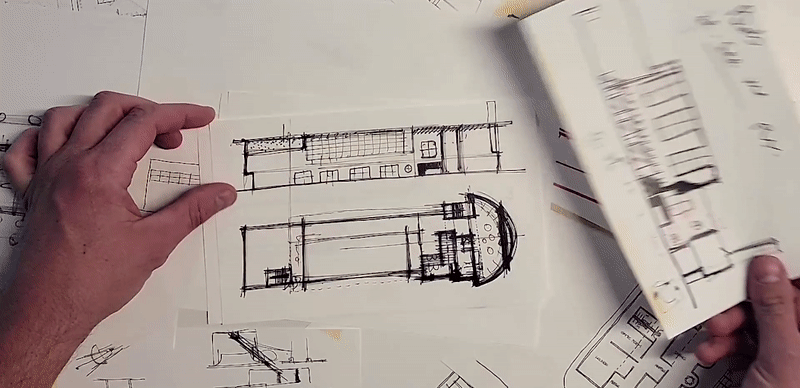 Robert Venturi's sketches reveal the Oak Building's original design intent.
Robert Venturi's sketches reveal the Oak Building's original design intent.
Tucked away into a grove of trees at the edge of Penn State’s main campus, architect Robert Venturi initially envisioned the Oak Building as a ‘house in the woods’—a secluded faculty club—where professors could relax, exercise, and socialize.
When it opened, deep soffits and lattice window screens fostered the play of light across crisp, green walls, evoking a forest interior within its main hall. But as it was adapted for changing uses, much of its charm was lost to ad hoc interventions. Its clerestory windows were covered, screens were stripped away, and its signature round, interior window was boarded up.
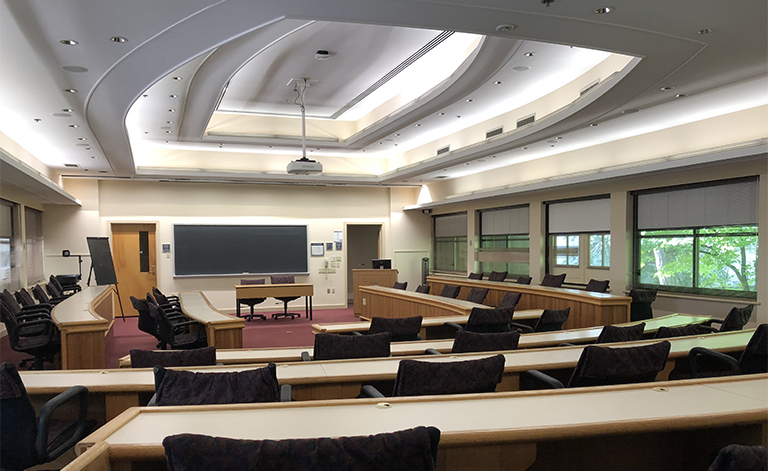 Before: Lost windows and screens and a dropped ceiling attenuated the feel of Venuri's design.
Before: Lost windows and screens and a dropped ceiling attenuated the feel of Venuri's design.
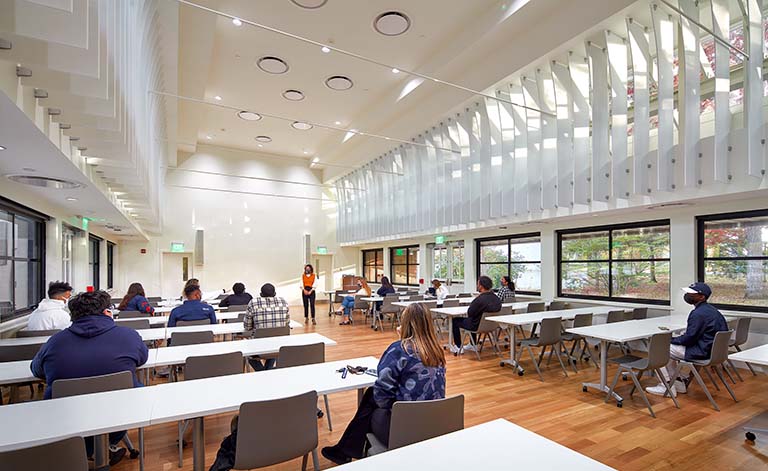 After: Airy and adaptable, the Events Lab restores the original design's feel while expanding its purpose.
After: Airy and adaptable, the Events Lab restores the original design's feel while expanding its purpose.
Turning the building into a home for the School of Hospitality Management’s Learning Center for Hospitality, Inclusion, and Innovation (LCHII) required tact and vision. Sensitive to the building’s historical importance, GBBN’s renovation restored much of what had been lost or covered over while introducing distinctly new elements—such as the fins in the main space—to reinforce the original design intent and bolster LCHII’s mission to welcome, support, and inspire.
Sensitive to the building’s historical importance, GBBN’s renovation restored much of what had been lost or covered over while introducing distinctly new elements...
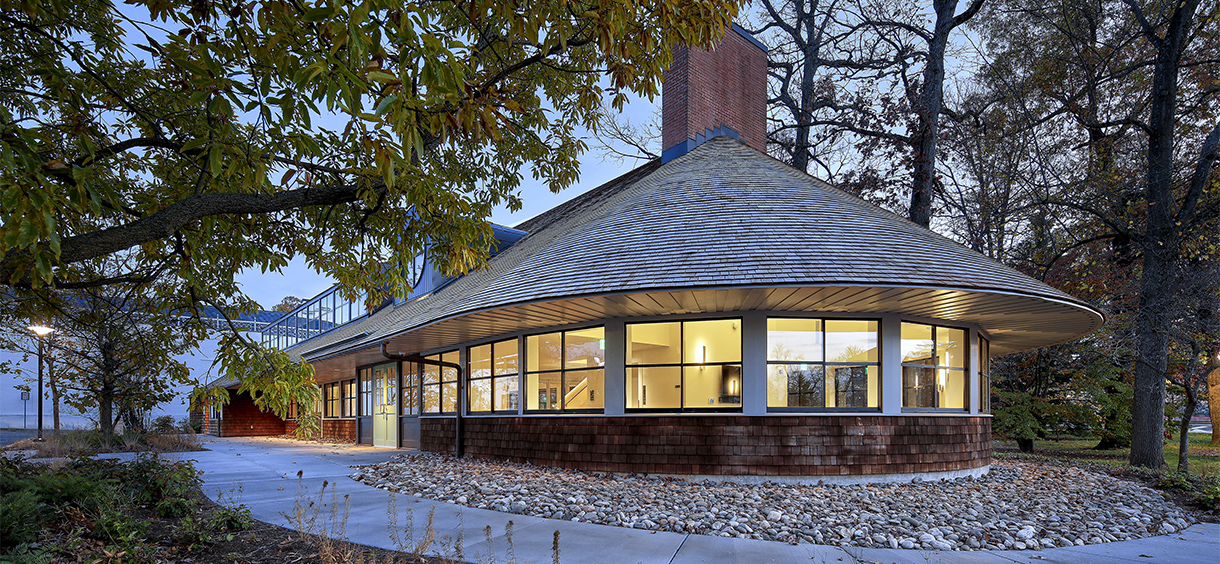 The building's warm glow invites visitors.
The building's warm glow invites visitors.
The heart of the building is the Events Lab. Located in the main hall, the Events Lab pulls double duty as a classroom and event space. It opens directly to exterior spaces and is supported by a serving kitchen, the Beverage Lab, and a lounge. Together, the entire ground floor supports an experiential learning model by providing everything needed to host hospitality events.
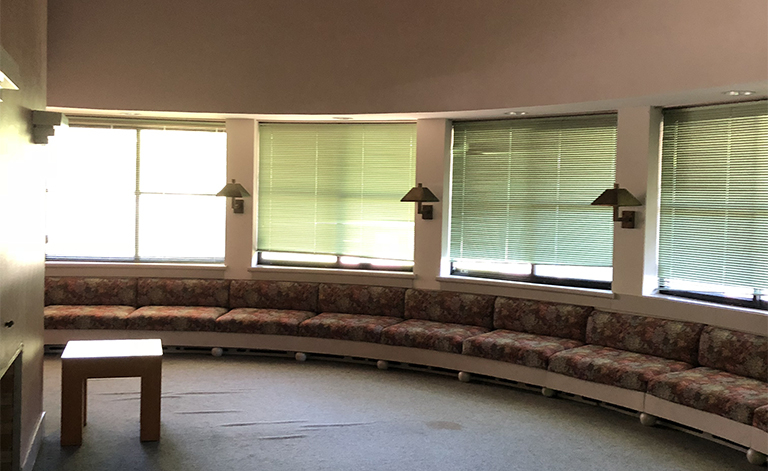 Before: A dimly-lit, age-worn seating area.
Before: A dimly-lit, age-worn seating area.
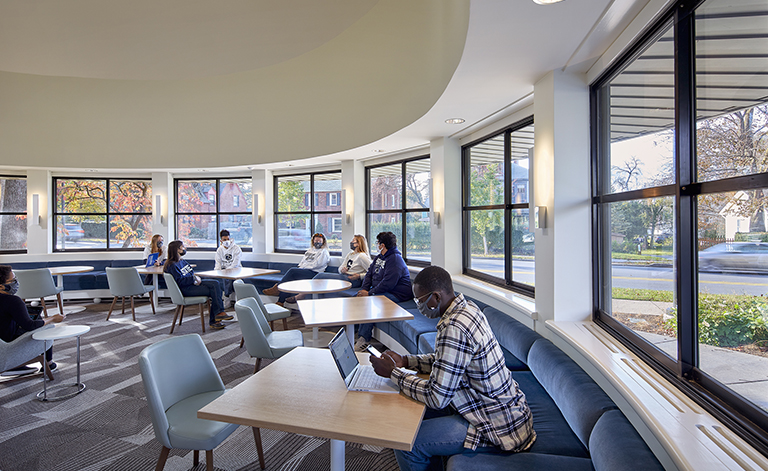 After: A light-filled lounge
After: A light-filled lounge
Additional conference rooms, graduate student offices, a studio, and maker space are housed in the building’s upper and lower levels. A new use secured; the building’s legacy is restored.
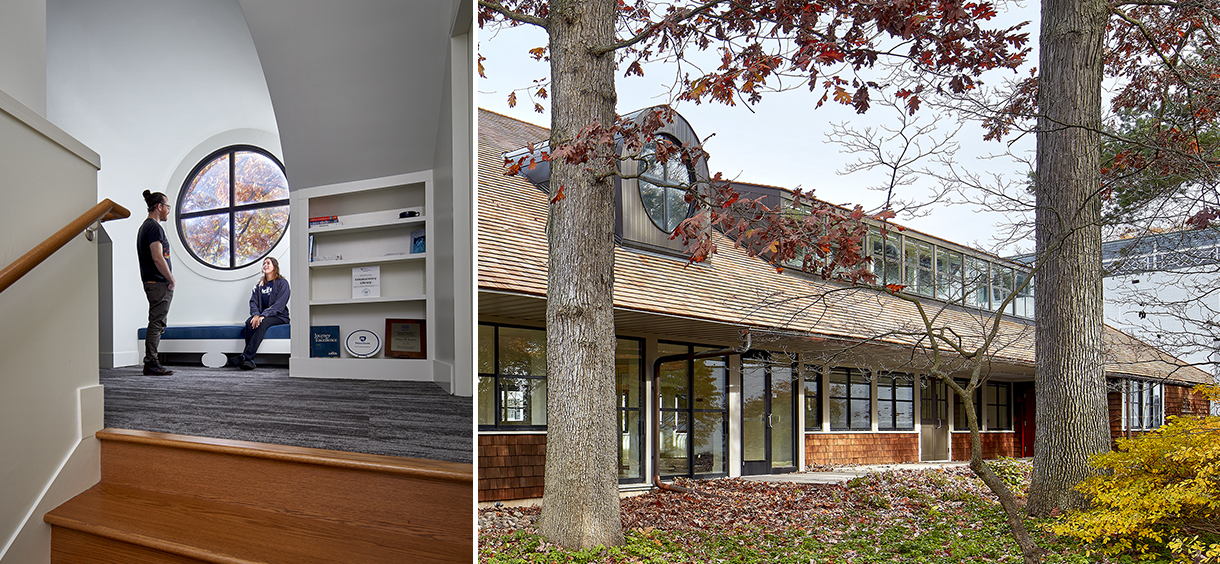 Nestled in a quiet corner of campus, the building retains its comfortable, welcoming character.
Nestled in a quiet corner of campus, the building retains its comfortable, welcoming character.
-
Awards
-
News
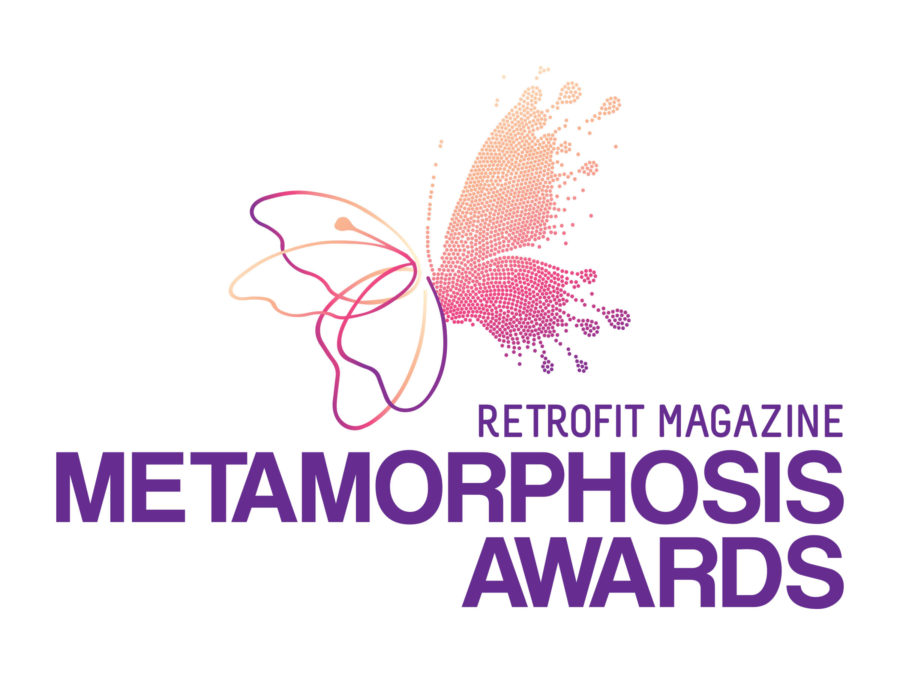




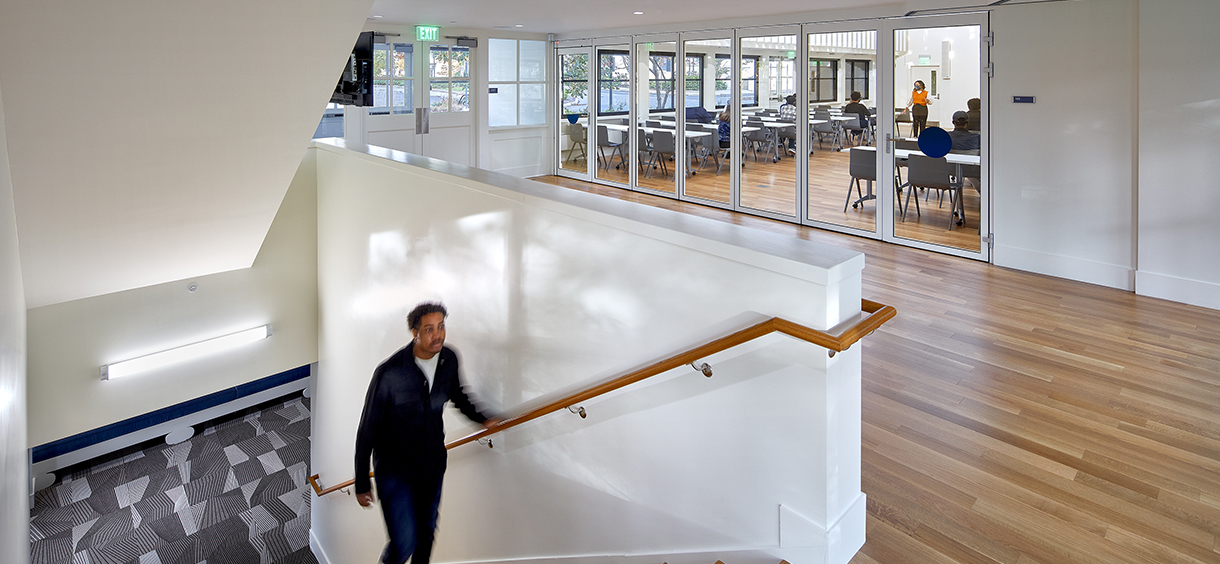 Interior photography of the Oaks at PSU
Interior photography of the Oaks at PSU
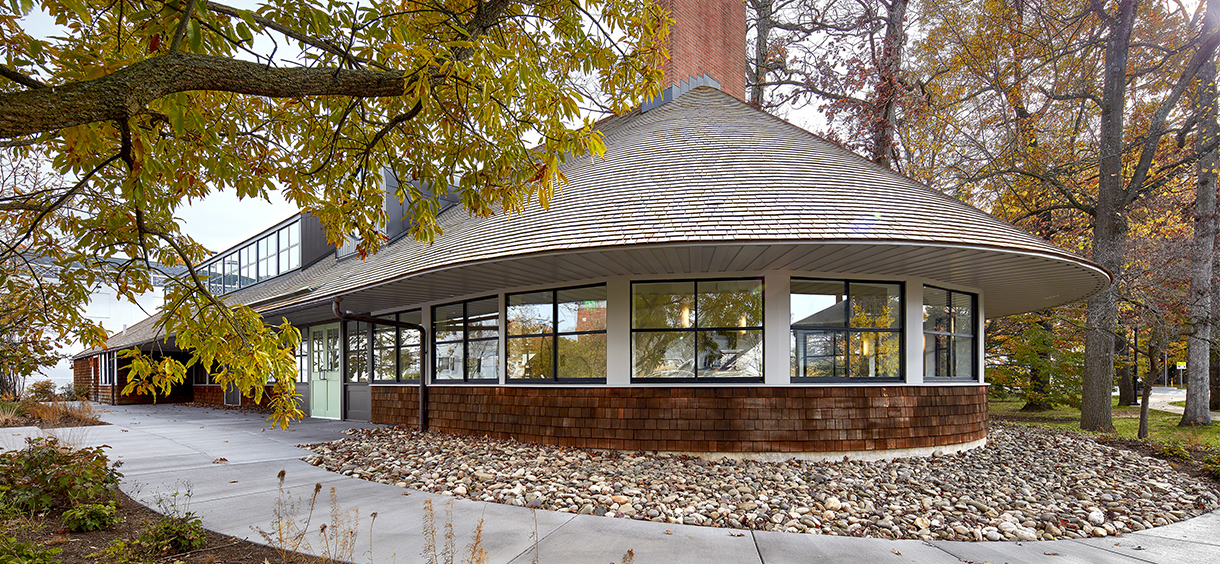 Restored windows reinforce the connection between inside and outside.
Restored windows reinforce the connection between inside and outside.
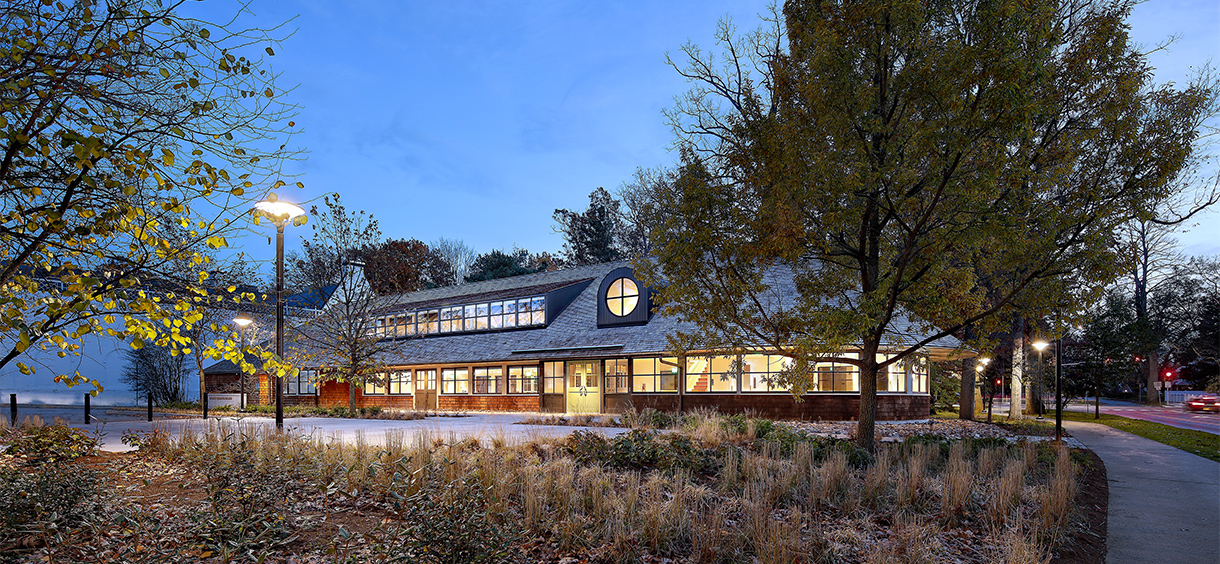 Exterior photography of The Oaks at PSU
Exterior photography of The Oaks at PSU
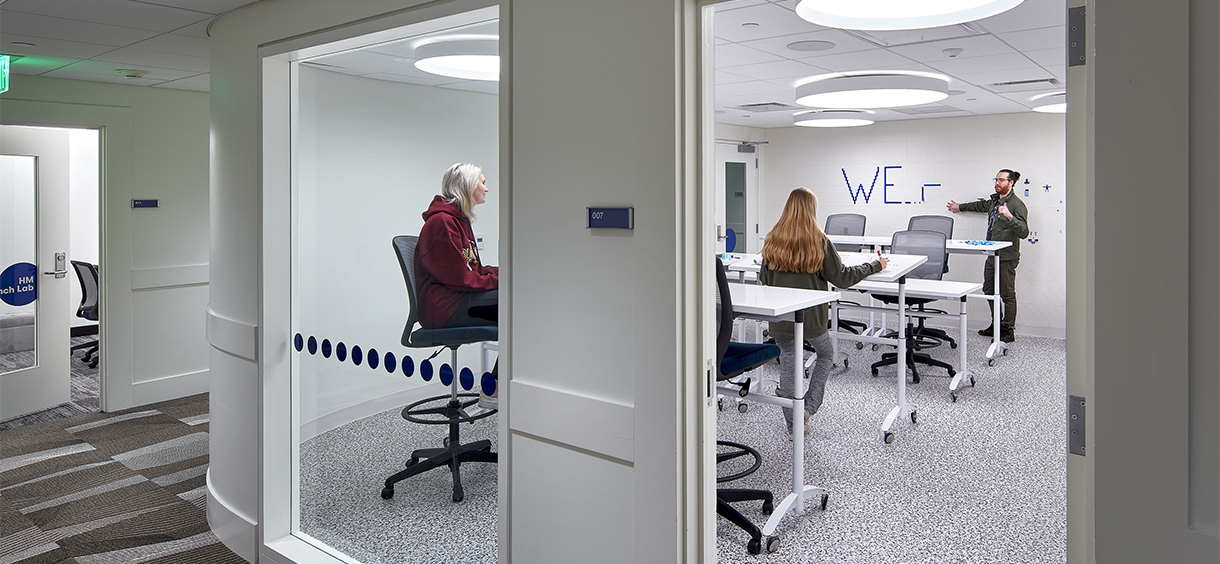 Intimate classrooms populate the second floor.
Intimate classrooms populate the second floor.
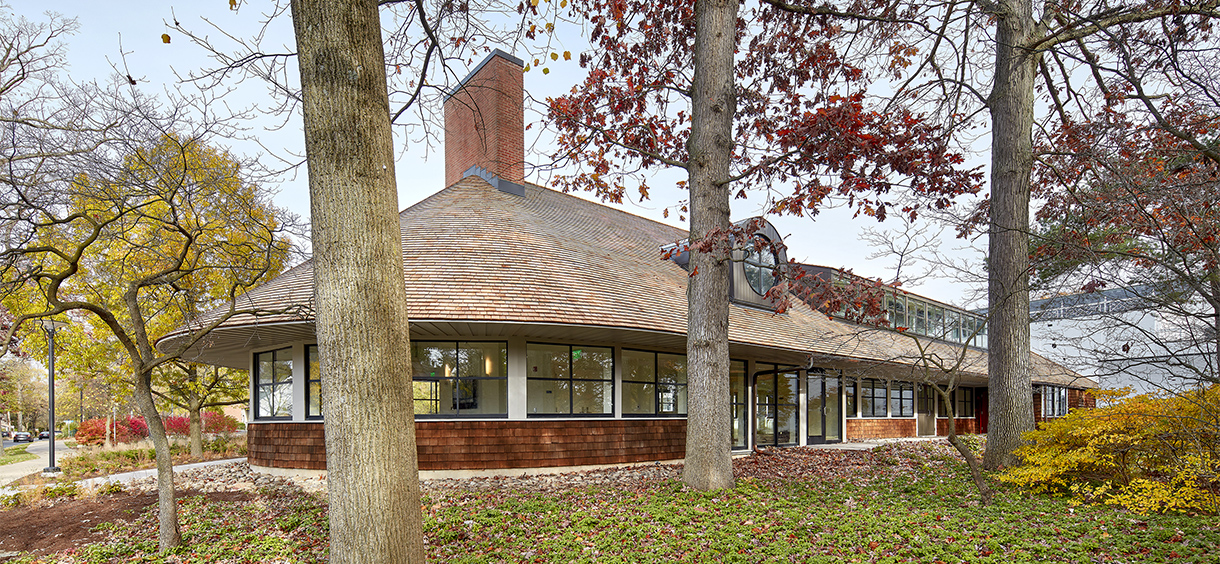 Exterior photography of The Oaks at PSU
Exterior photography of The Oaks at PSU
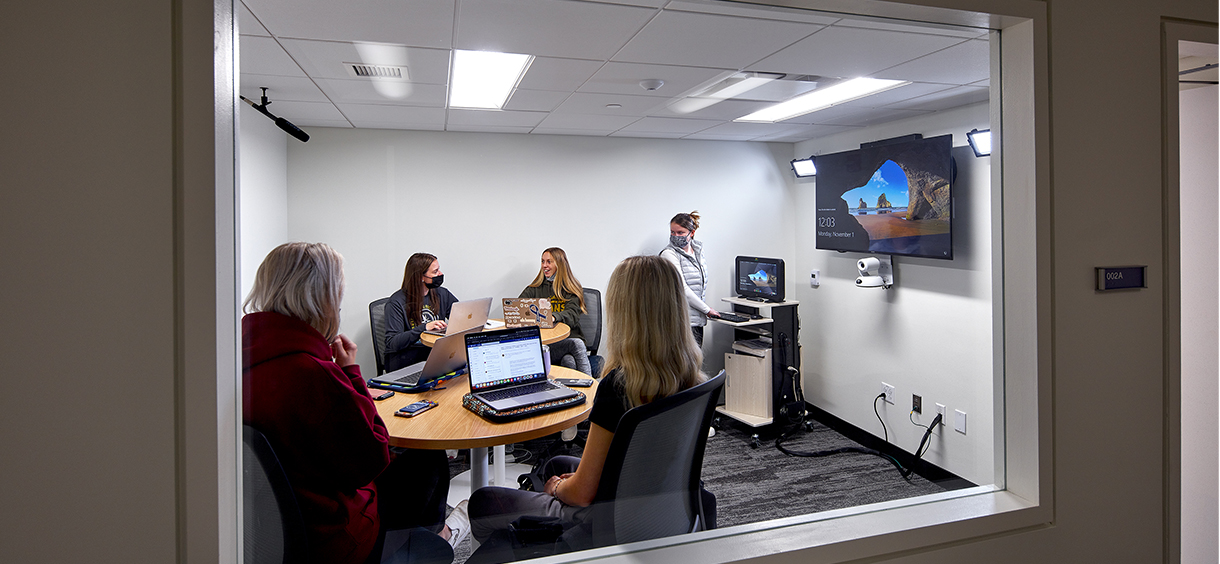 Second floor classrooms are intimate and technology-infused.
Second floor classrooms are intimate and technology-infused.
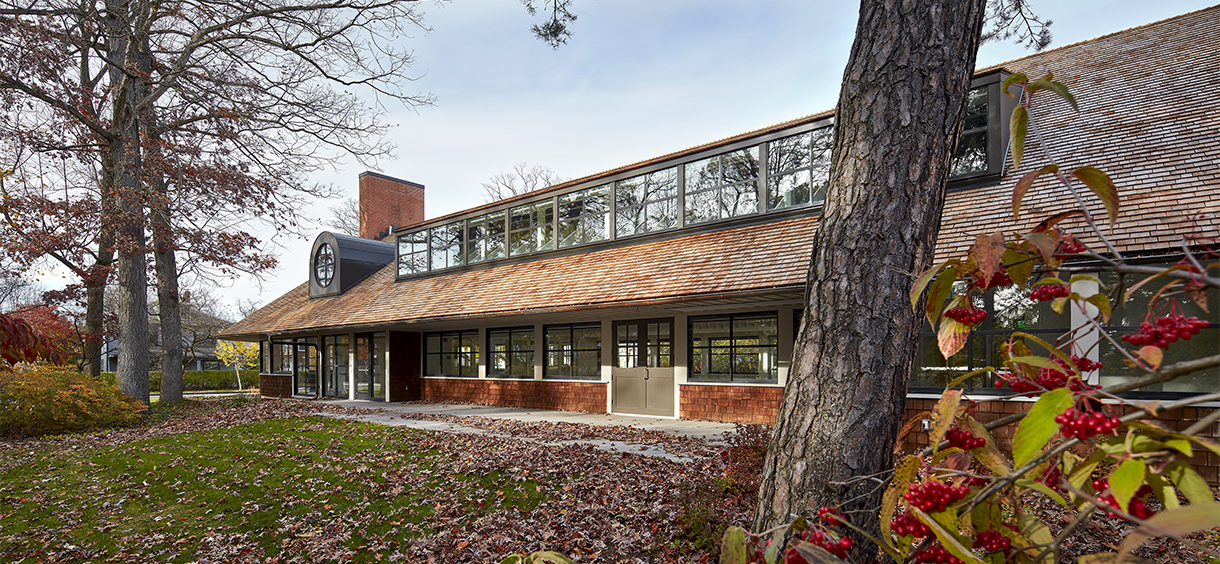 Exterior photography of The Oaks at PSU
Exterior photography of The Oaks at PSU
